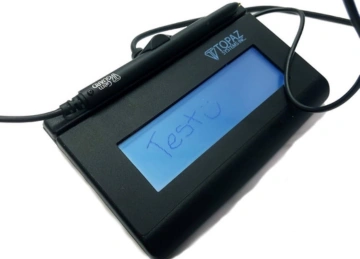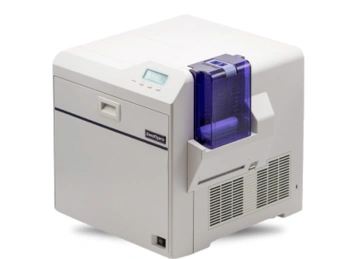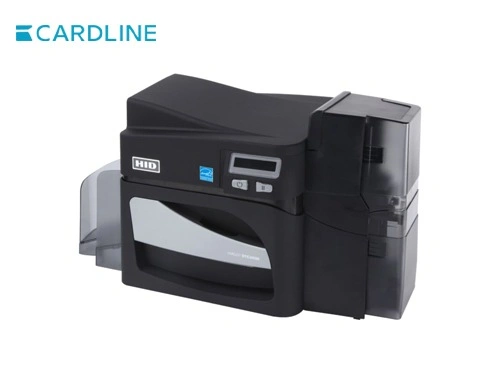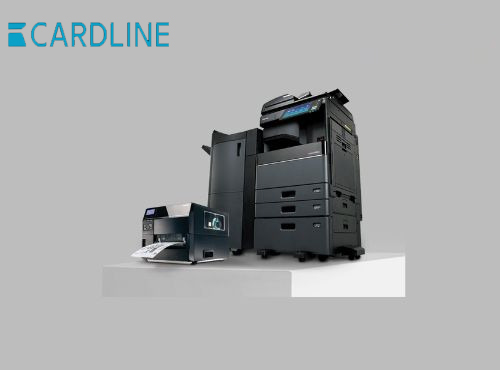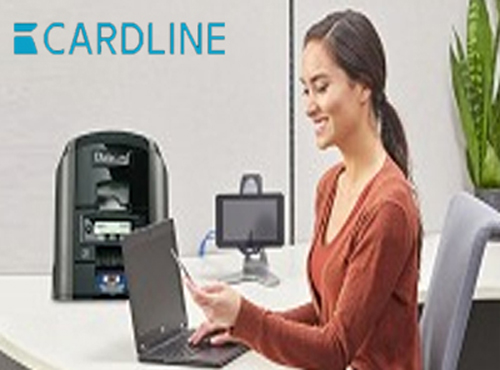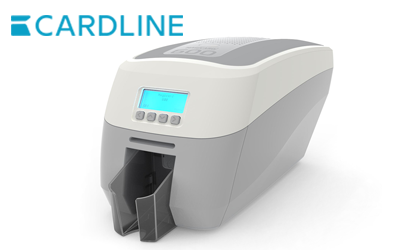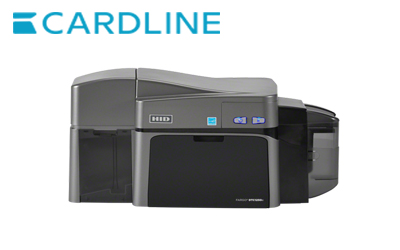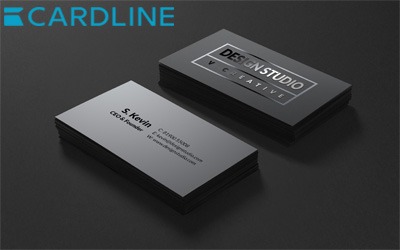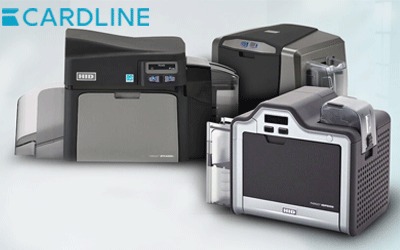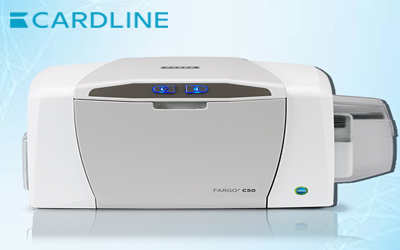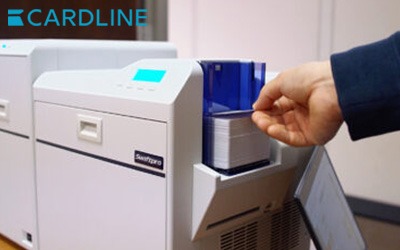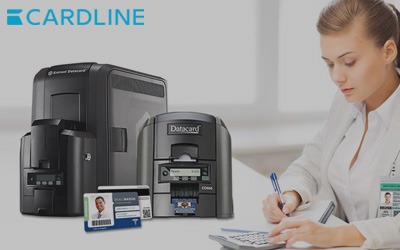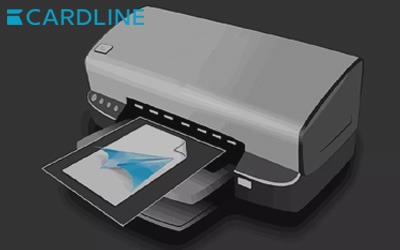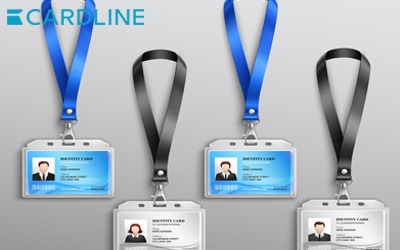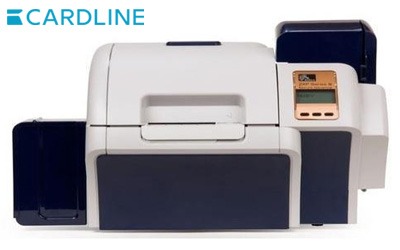Invest in the latest ID card printers to meet your routine badging operations
In a modern office, numerous equipment, appliances and tools are required to continue
Invest in the latest ID card printers to meet your routine badging operations
In a modern office, numerous equipment, appliances and tools are required to continue with the operations. Some organizations are small, and they do not maintain a very big infrastructure, but offices with a huge workforce prefer to keep necessary things in the premises. The access card printer has become a need of the modern office. Purchasing an ID card printer is a very crucial investment. By investing in the latest systems, your business can improve its routine badging operations.
What types of cards are you supposed to print from the printer?
There are smart cards that appear similar to credit cards with chips. These cards are used for access control, registering attendance, personal information etc. The proximity cards are smart contactless smart cards. These cards grant access by using contactless technology. There are ID cards that have barcodes and magnetic stripes. Before placing the order for the ID card, just determine if you need some add-ons. Consult with the technical experts to know if any new addition can be made to the printer in the future, if necessary.
Information about printing technology
The retransfer printers also known as reverse transfer printers print the images on a clear and thin substrate that is transferred on the card. There are various benefits of this printing technology such as enhanced durability, better print quality. As the printhead does not touch the card’s surface, the chance of any damage is negligible. By using the latest technology, it has become possible to print over the edge. In comparison to the films, the cards are slightly larger. As a result, there is no white edge when transferred. The card has better security options. It is easy to add lamination. With the help of technical experts, you can learn more about security options.
Single and dual-side printing
If the cards are supposed to carry very basic information (employee name, company name and photo), then a single-sided printer is sufficient. For more complex requirements, the management should consider dual-side printers.
Storing data on the card
The sophisticated, high-standard ID card printers don't just print images, texts and barcodes. The ID card printers are also capable of encoding data on chips and magnetic stripes. The sensitive access information about the cardholder’s status can be directly integrated in the card. To learn more about custom card printing, it is better to consult with the experts.
The facility of lamination
A laminating card printer also offers additional advantages. A layer of lamination adds extra security to the card. The card that has an extra layer of protection is likely to last longer.
Performance and speed
Very small companies with limited requirements are not concerned about speed, but bigger companies that have big requirements look for card printers with superior speed and better performance. They also want card printers to have better security features.


